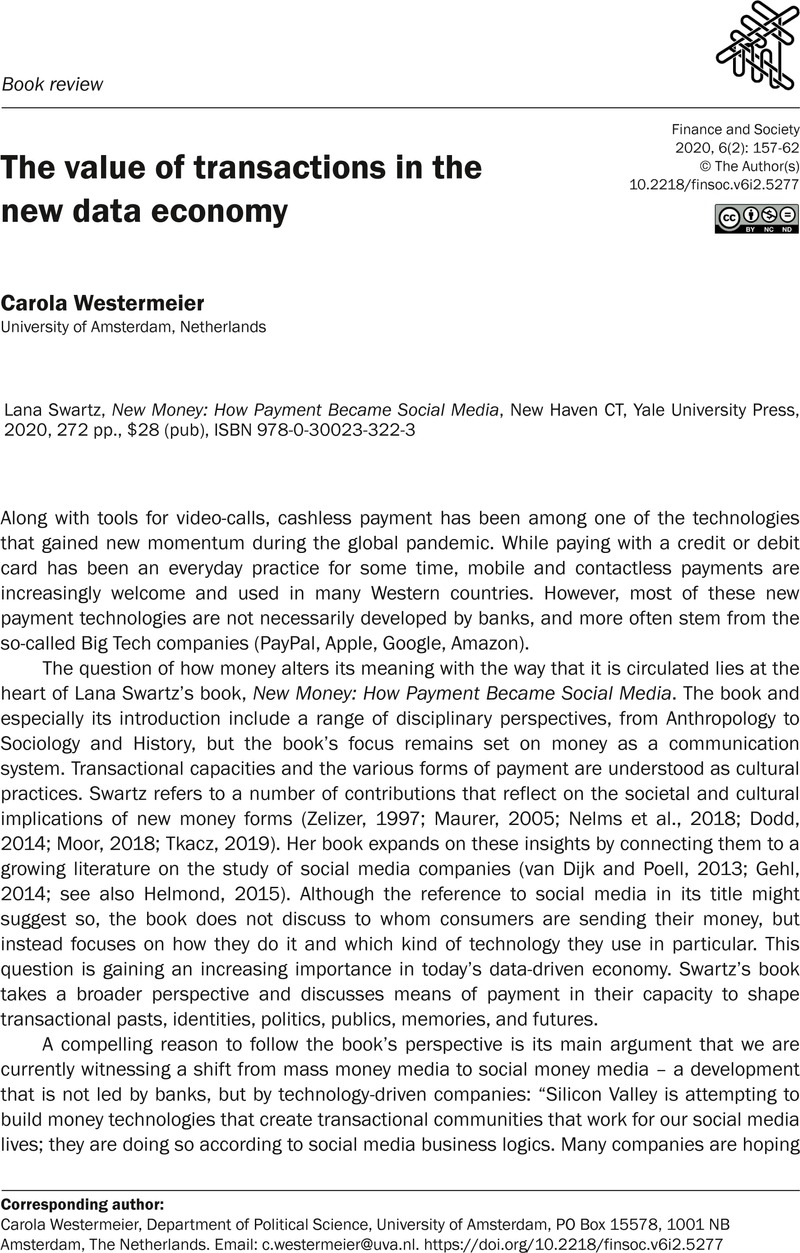Crossref Citations
This article has been cited by the following publications. This list is generated based on data provided by Crossref.
Beauvisage, Thomas
Danieli, Aude
and
Ducourant, Hélène
2023.
Des octets dans le porte-monnaie.
Réseaux,
Vol. N° 238-239,
Issue. 2,
p.
9.
Dai, Dongyang
and
Jin, Lin
2024.
A Regionalization Study of Market-Based Allocation of Data Factors in China.
Applied Mathematics and Nonlinear Sciences,
Vol. 9,
Issue. 1,



